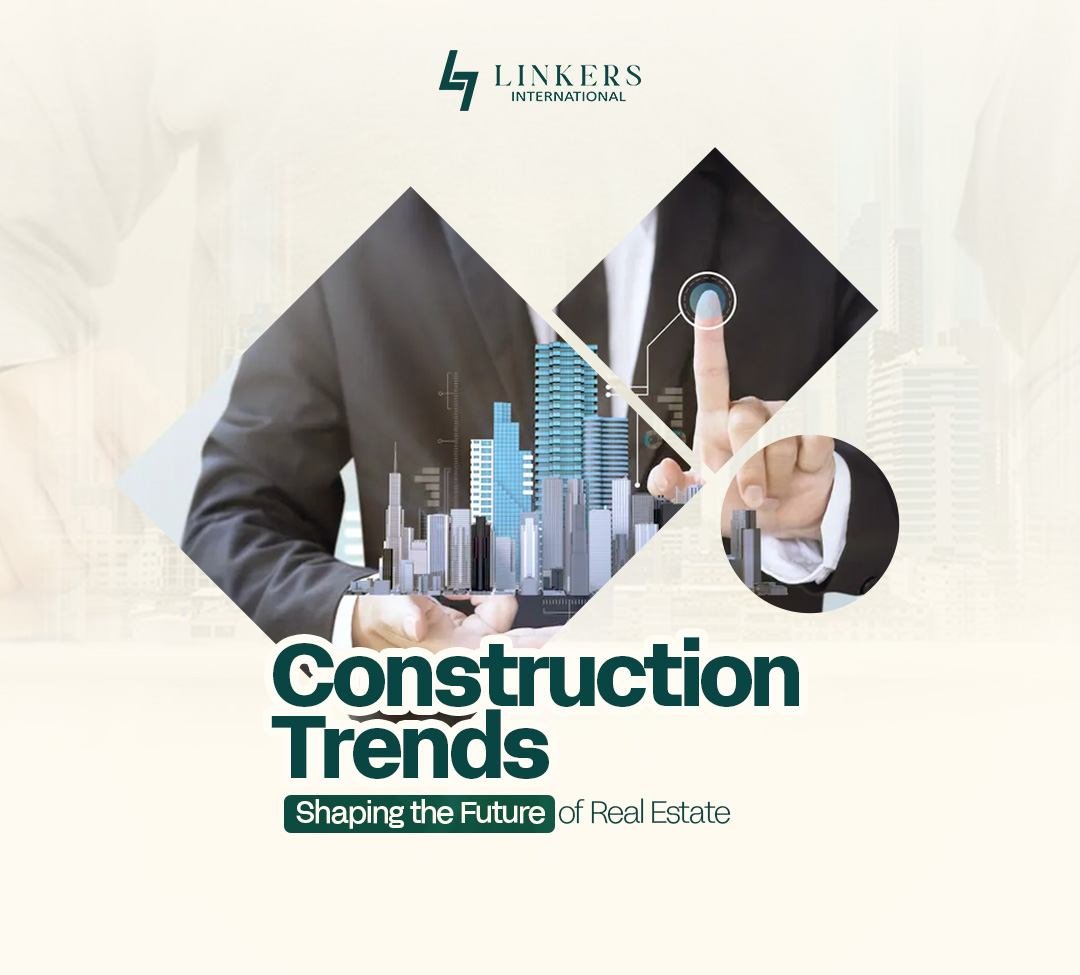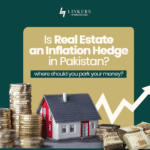Construction today is being reshaped by the forces of swelling urban populations, the pressing call of climate change, swift technological strides, and evolving societal needs. As the world steadily advances into a new era, the realm of real estate finds itself at a curious crossroads. The construction industry is no longer governed solely by the traditional tools of brick and mortar, but by how a particular development serves the people and the planet.
Key Construction Trends For The Future
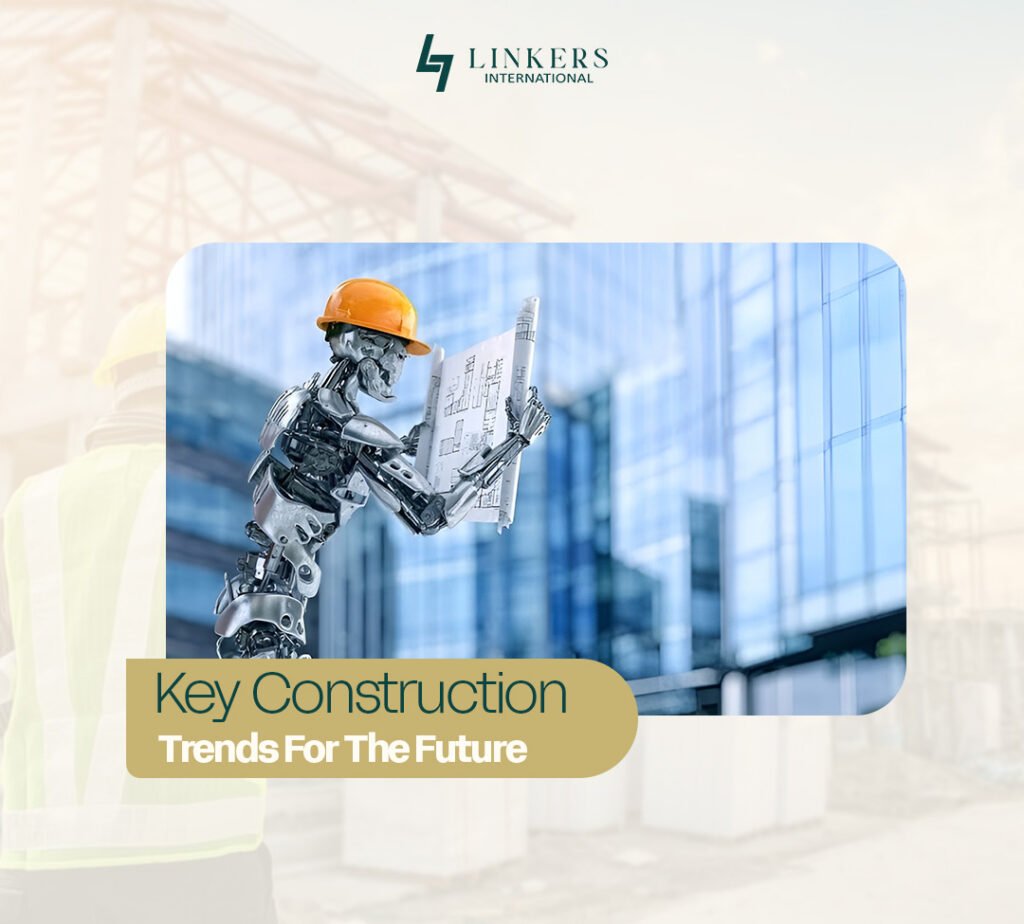
It is within this shifting landscape that new construction trends emerge, each carrying the weight of transformation and the promise of a different tomorrow. Here are the key trends that are shaping the future of real estate.
Sustainability & Green Material
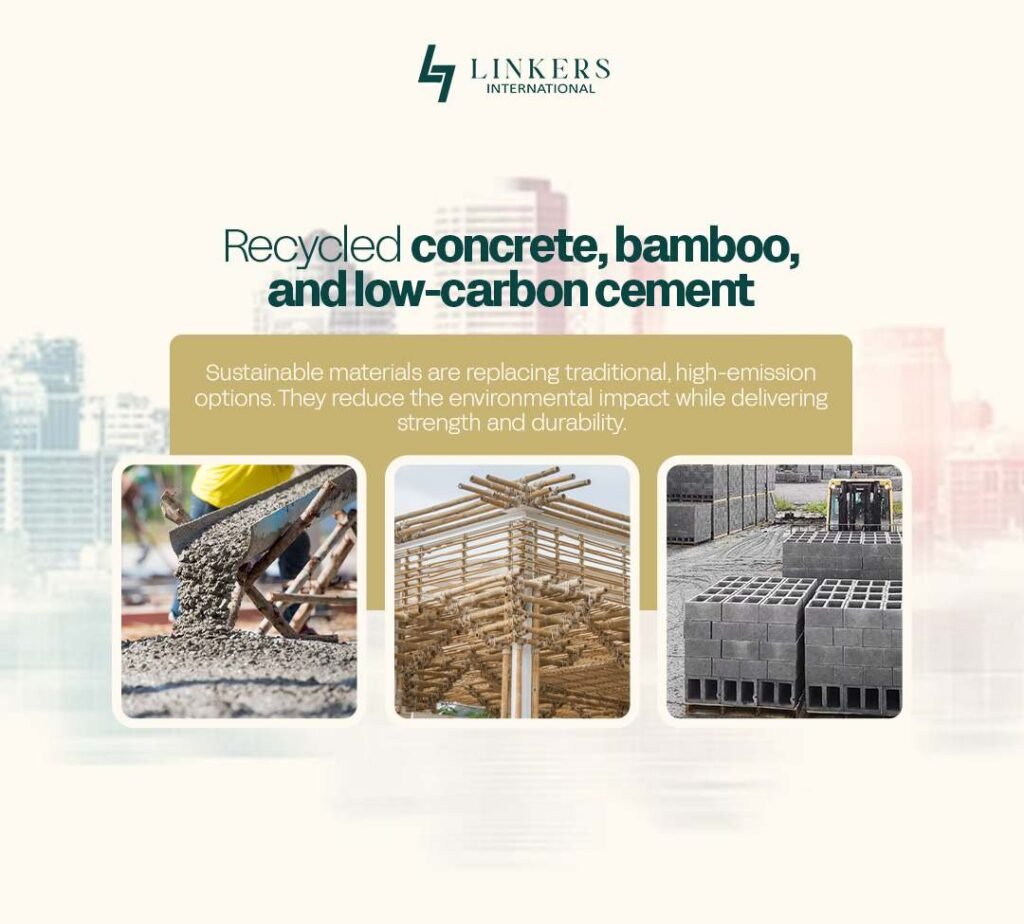
Demand for eco‑friendly materials, renewable energy (solar panels, etc.), rainwater harvesting, green roofs, and better insulation is rising sharply. Buildings are increasingly designed for lower energy consumption and reduced carbon footprint.
New materials with lower environmental footprints, such as low‑carbon concrete, recycled content, engineered timber/mass timber) are gaining traction.
Modular Construction
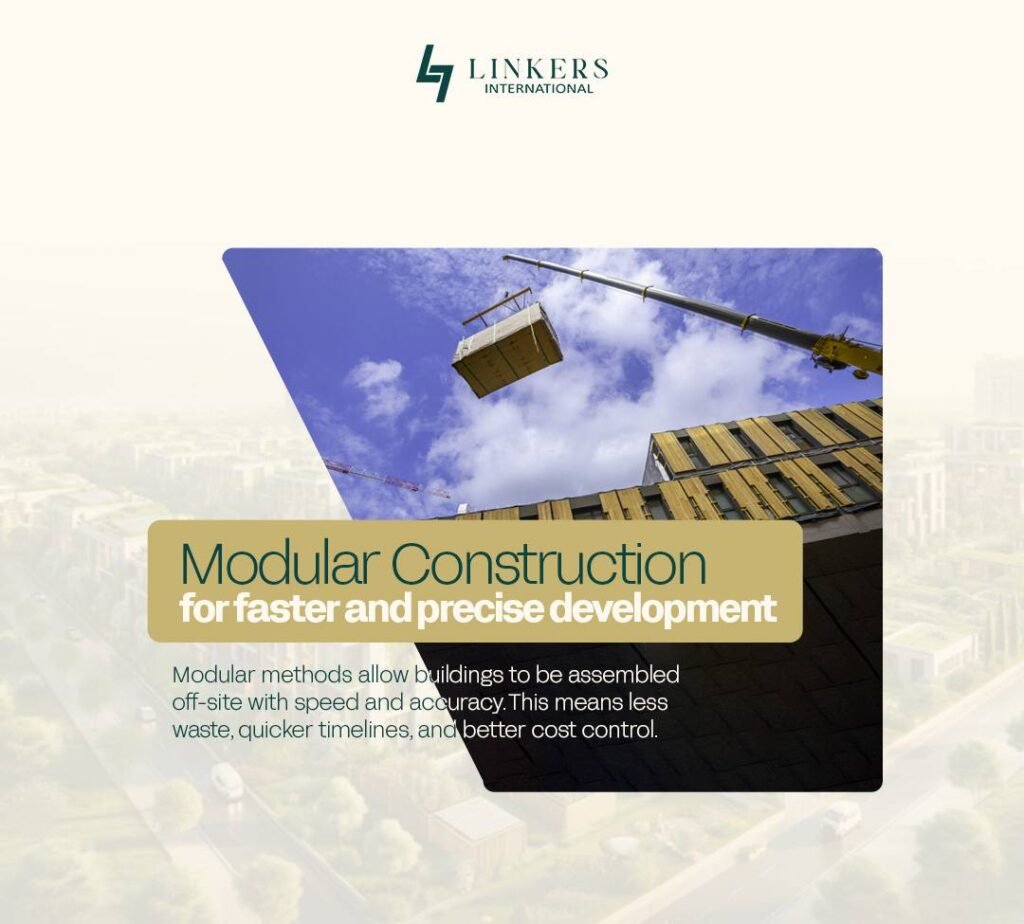
Although modular developments were in the market for decades, it is now gaining more traction as one of the emerging construction trends due to the climate impact. Modular methods allow buildings to be assembled off-site with speed and accuracy. This means less waste, quicker timelines, faster construction, better cost control, and often less labor required on-site. These methods help in mitigating delays caused by weather, labor shortages, and supply chain issues.
Smart Buildings, 3D Printing & IoT
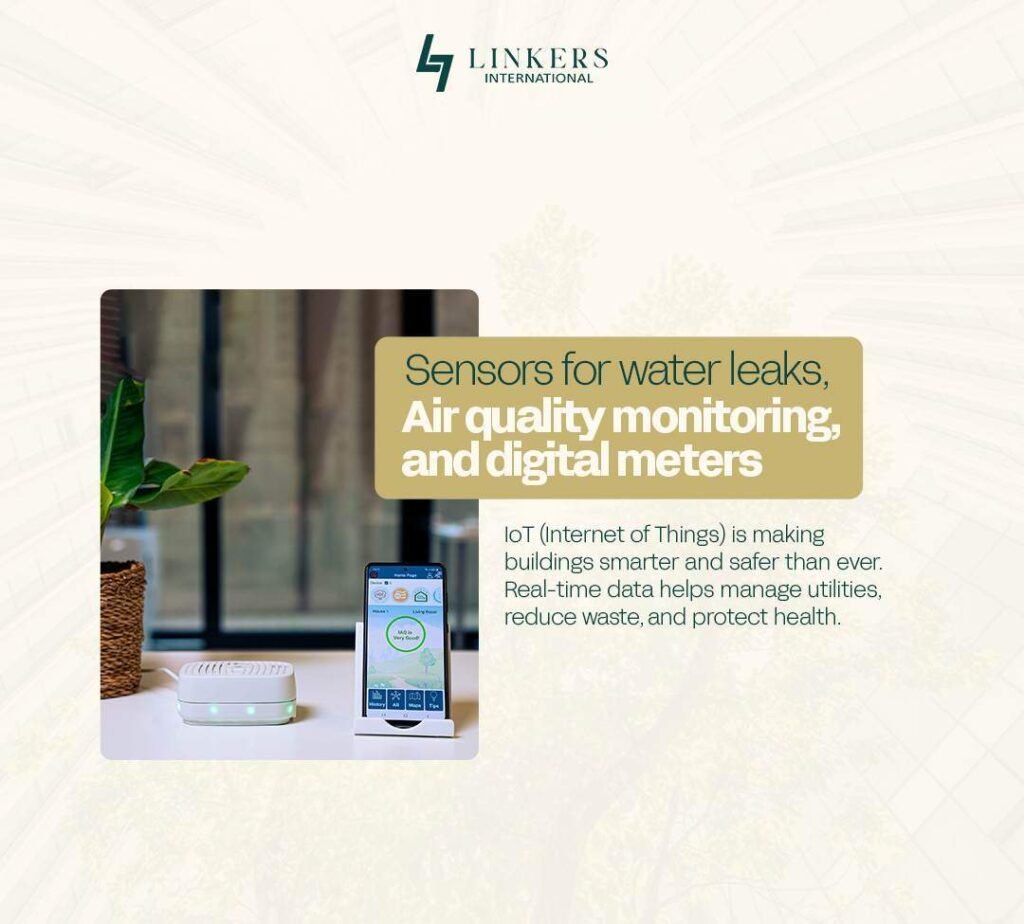
Buildings increasingly integrate sensors, smart systems, and interconnected devices to monitor everything from water leakage, energy usage, temperature, and air quality to occupancy. These make operations more efficient, improve comfort, and reduce costs.
3D printing (additive manufacturing) is moving from pilot projects to more frequent use for walls, structural elements, custom façades, etc. It reduces waste and can speed up build times.
Health, Wellness & Biophilic Design
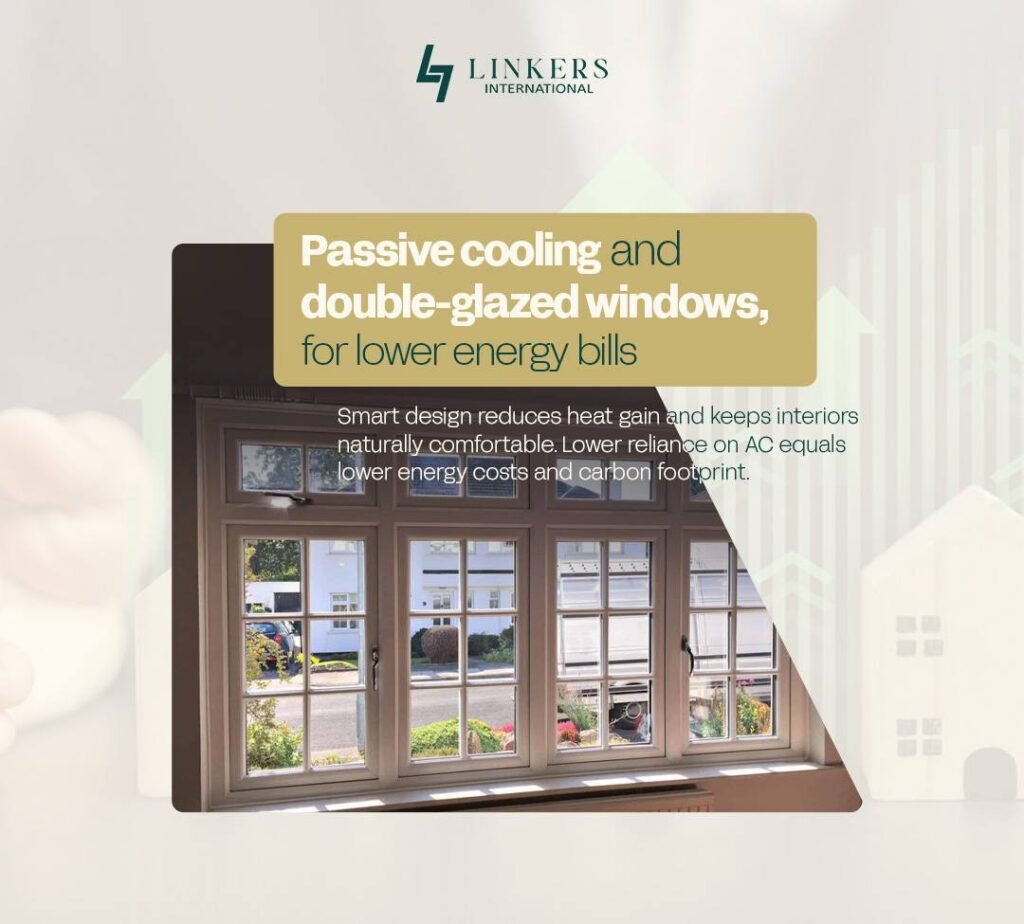
Focus is increasing on health & wellness features in the future of construction. Access to natural light, good ventilation, clean air, green spaces, and noise reduction are the primary features of modern construction. Biophilic design (bringing nature in) is more in demand.
Occupant experience is becoming an important differentiator, especially in residential and office real estate. Amenities like fitness centers, wellness rooms, walkable neighbourhoods, etc., increasingly add value.
Flexible, Mixed‑Use & Adaptive Spaces
As urban populations grow and usage patterns change (remote work, hybrid work models), buildings and developments are designed to be more flexible. Blending housing, work, retail, and recreation in integrated developments to reduce commute times, improve livability, and make more efficient use of infrastructure.
Resilience & Disaster Preparedness
Climate change, extreme weather, and seismic risk are pushing designs to be more resilient, flood-resistant, storm-hardened, backup power, and durable materials. Regulatory demands are increasing around safety codes, environmental standards, and disaster readiness.
What Are the Implications For Real Estate?
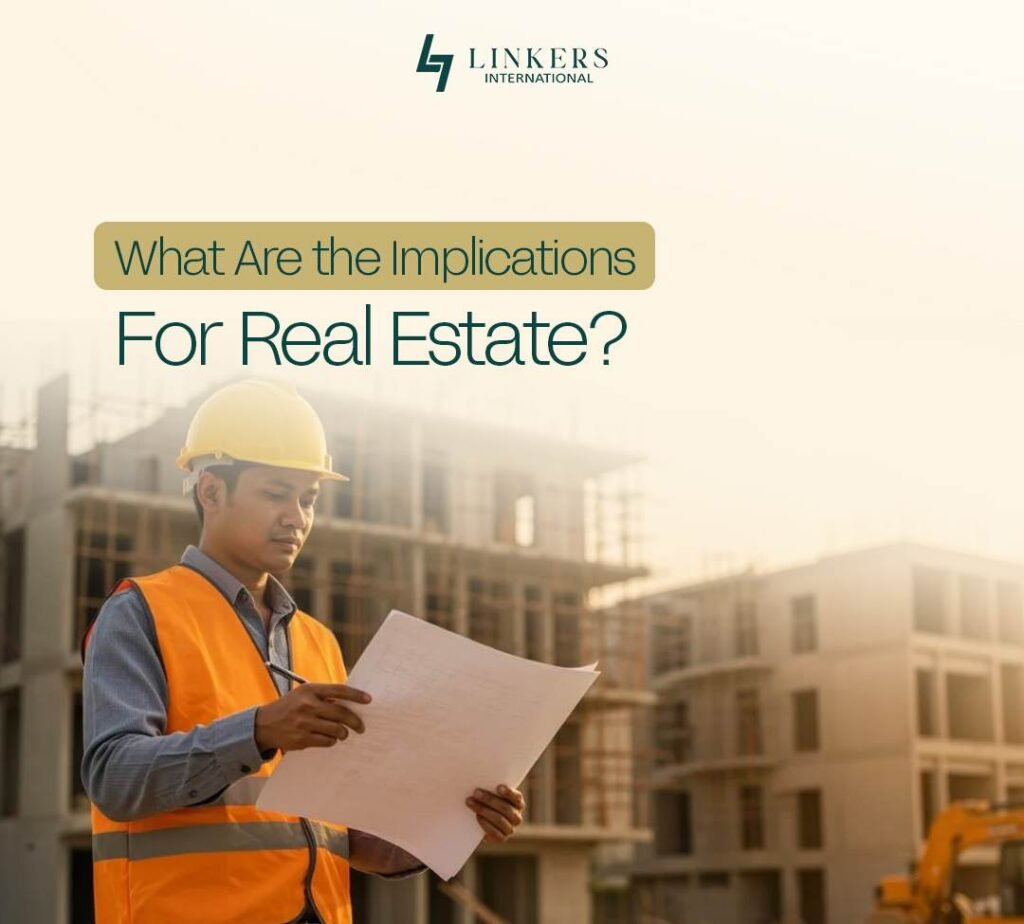
The latest trends in construction and urban development are profoundly reshaping the real estate landscape. These shifts carry significant implications for all key stakeholders, including developers, investors, occupiers, and urban planners.
As sustainability, smart infrastructure, and technology-driven construction methods become more mainstream, developers must adapt their project designs and materials to meet new standards. This, in turn, influences costs, timelines, and regulatory compliance.
- Higher upfront costs but lower life‑cycle/operational costs: Green materials, energy systems, and smart sensors may cost more initially, but can reduce maintenance, energy bills, and regulatory risks.
- Faster delivery & shorter project timelines: Modular, off‑site methods and digital planning tools help reduce delays.
- Differentiation & premium valuation: Properties that are sustainable, healthy, and tech‑enabled tend to command higher rents/sale prices, better occuppier demand.
- Regulatory risk mitigation: Staying compliant with upcoming safety, environmental, and efficiency standards avoids fines and retrofitting costs.
- Changing demand patterns: Tenants and buyers may prioritize wellness, flexibility, technology, and community amenities. Also, preferences may shift because of remote work, hybrid use, etc.
What Challenges Can Come Along the Way To Adopting Construction Trends?
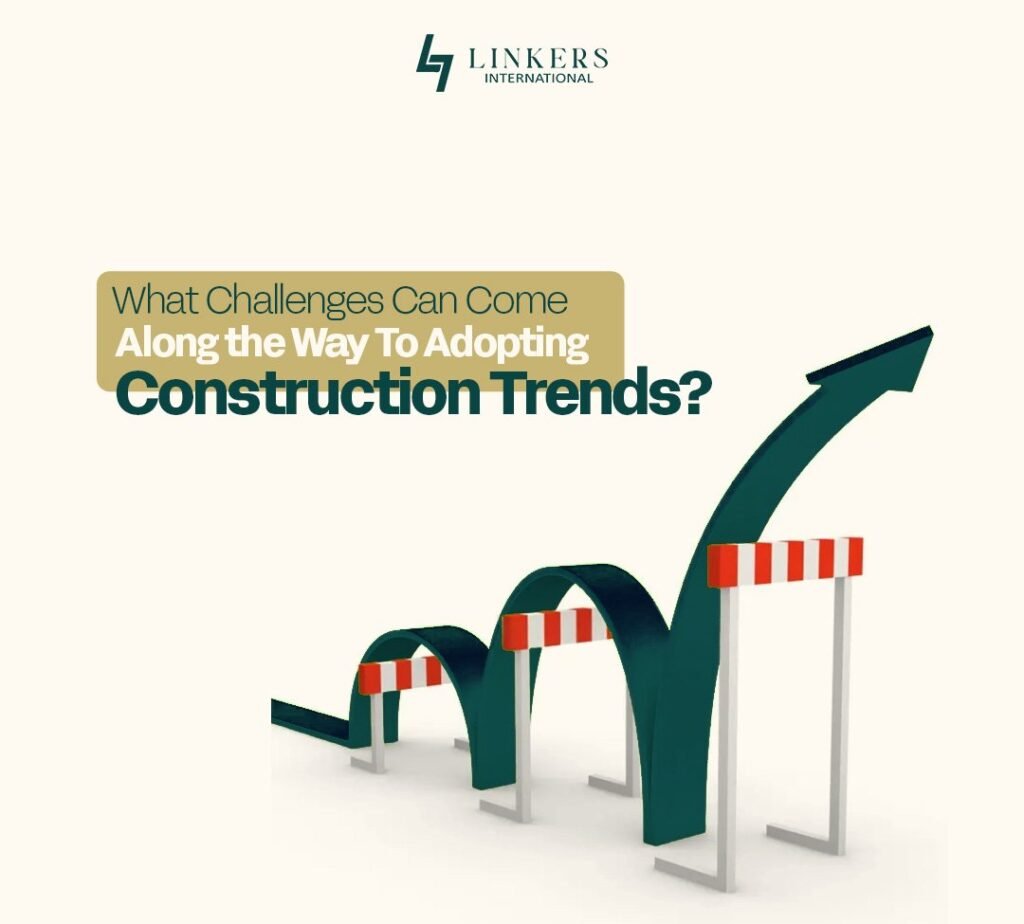
Adopting modern construction trends brings innovation and efficiency, but it’s not without challenges. From high upfront costs to regulatory hurdles, the path to transformation requires careful planning and adaptation.
- High initial developer investment: Not all markets can absorb high upfront costs or pay premiums for sustainable or tech‑heavy buildings.
- Regulatory lag & standards: In many countries, building codes and regulations may not yet accommodate novel methods (e.g., 3D‑printed structures, new materials). Approvals, testing, and certification can slow adoption.
- Supply chain & material availability: Green materials, advanced tech, mass timber, etc., may be expensive or not locally available. Transport/logistics add cost.
- Skilled labour and technology adoption gap: Even if automation is available, having the skills to design, maintain, and operate these new systems is not universal. Upskilling needed.
- Cost of tech & maintenance: Smart systems, sensors, and IoT have maintenance and upgrade costs. Reliance on tech introduces risk (cybersecurity, obsolescence).
- Market & cultural differences: What works in one country or climate or regulatory environment may not work elsewhere. Local context is important.
The future of real estate construction is being shaped by a combination of environmental urgency, technological progress, shifting buyer expectations, and evolving policy landscapes. Those in the industry who adopt sustainable, flexible, strong tech‑enabled practices (but with consideration for cost, local context, and regulation) will be at a competitive advantage.


